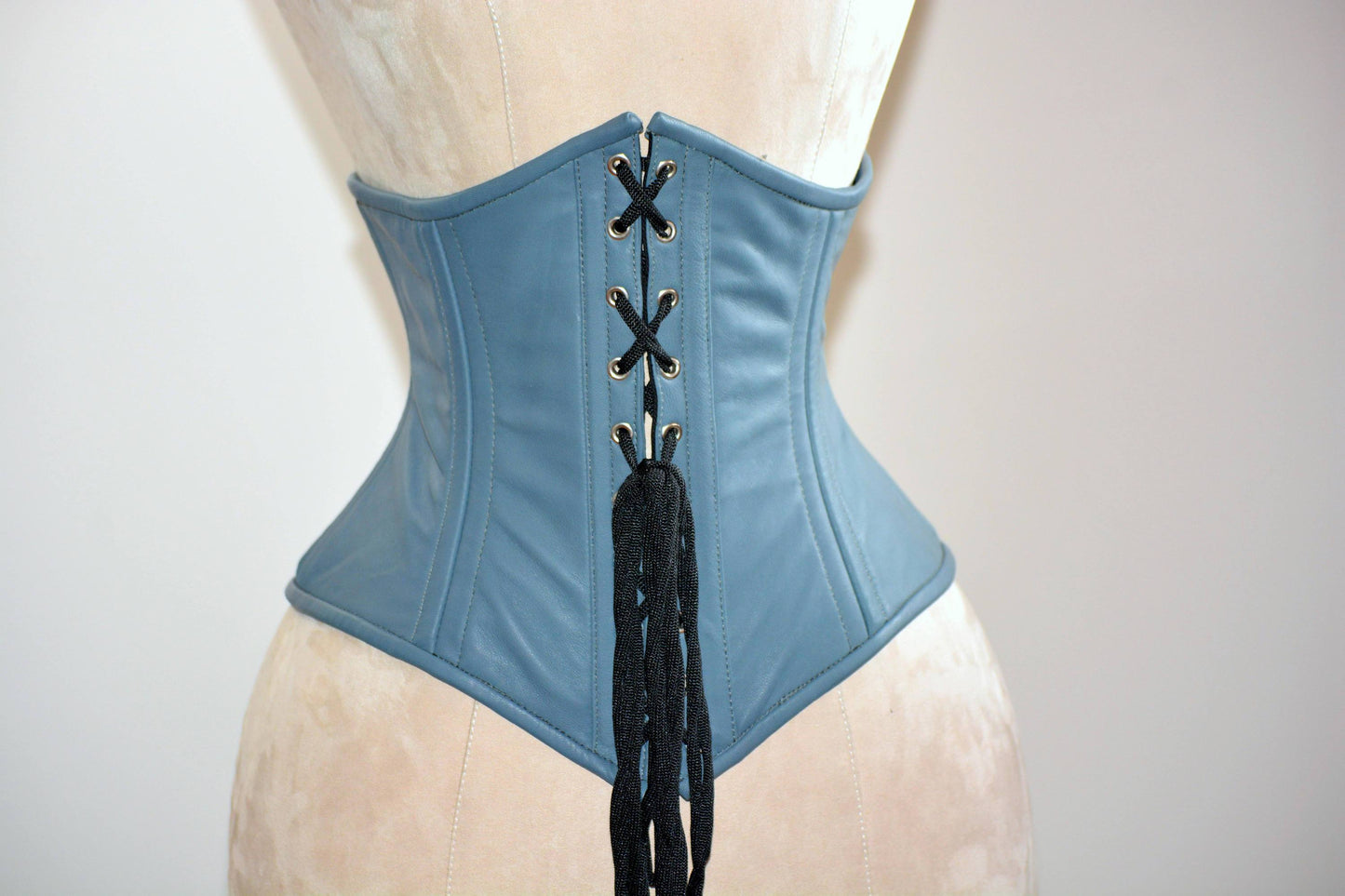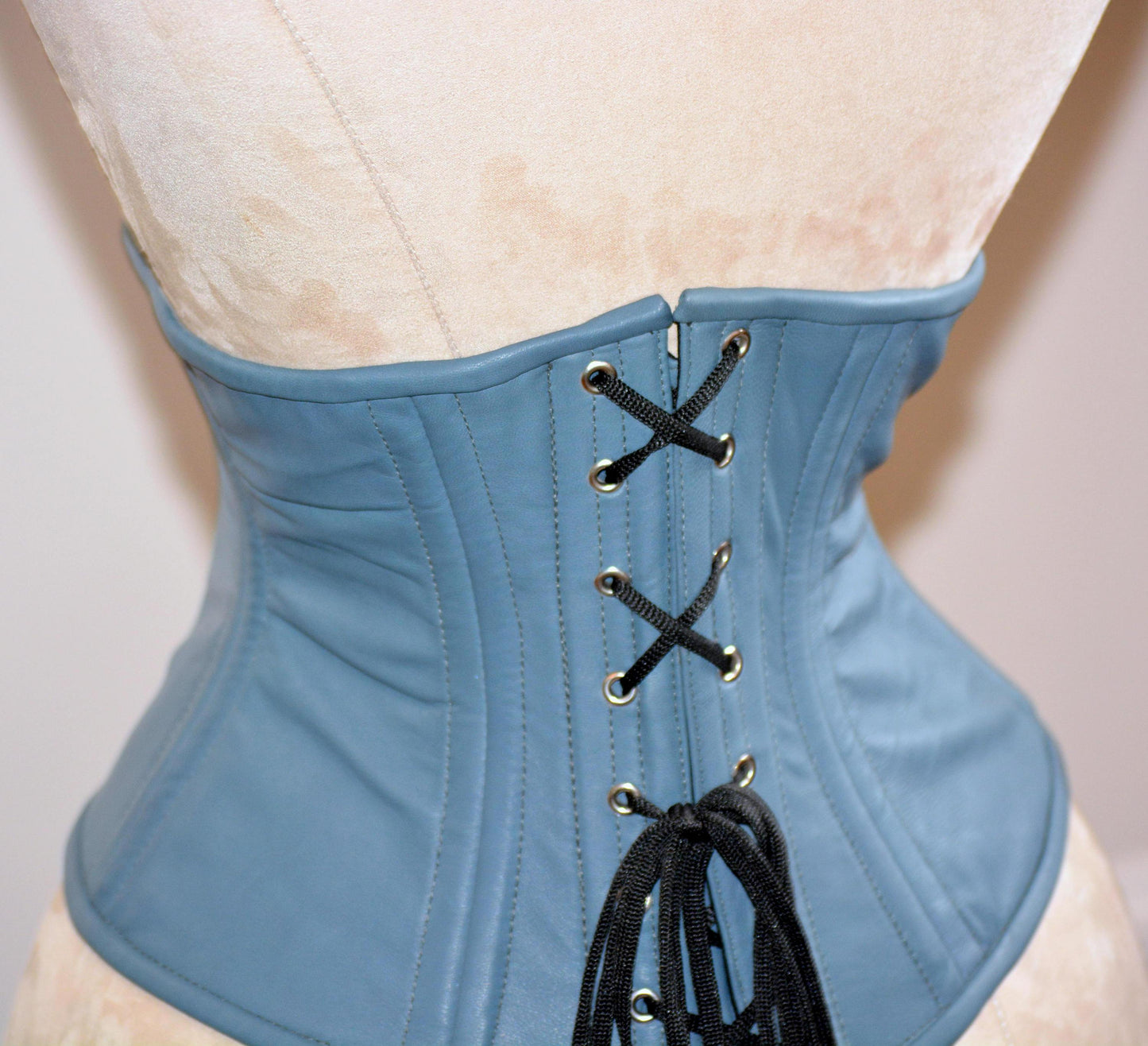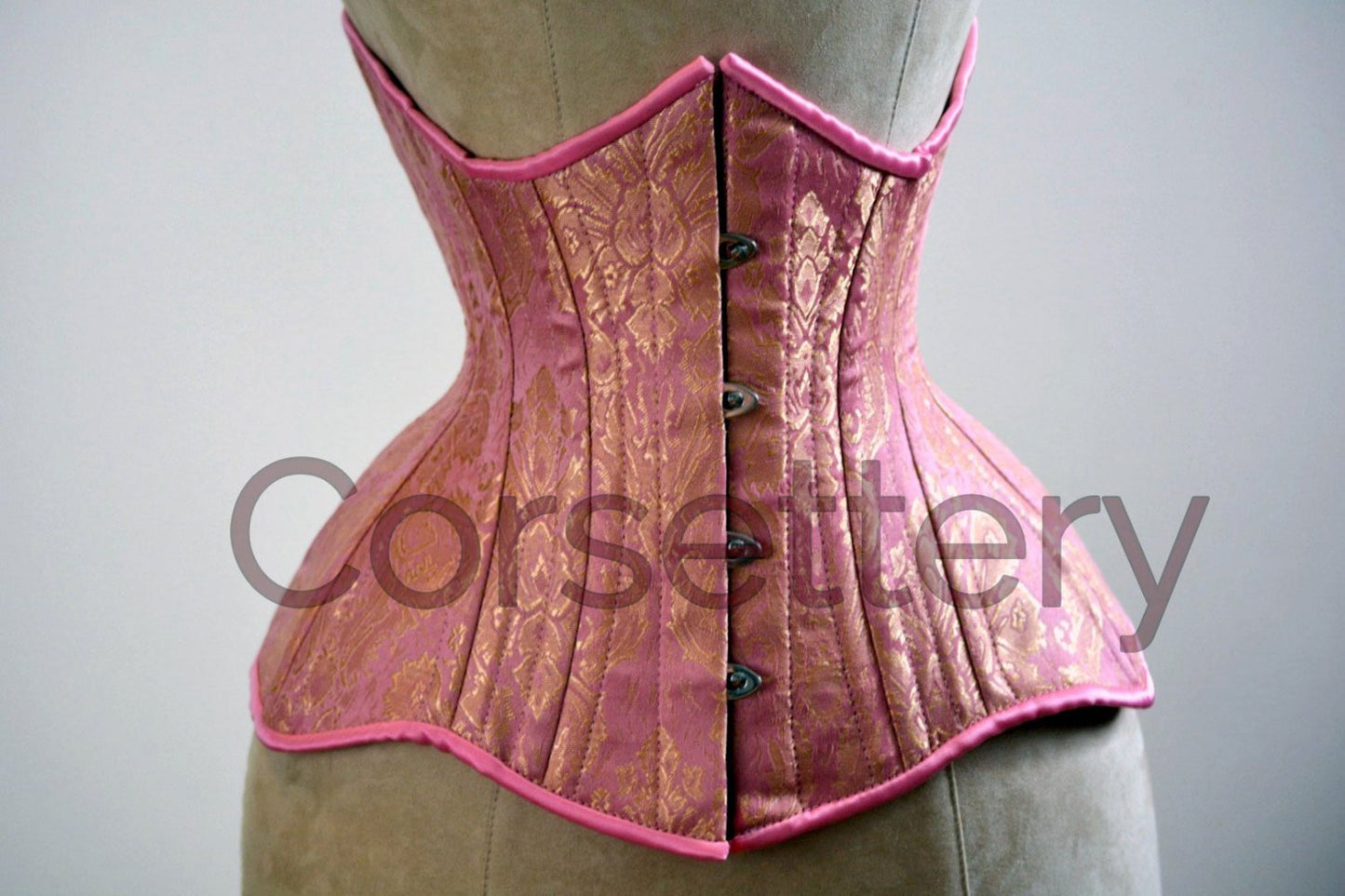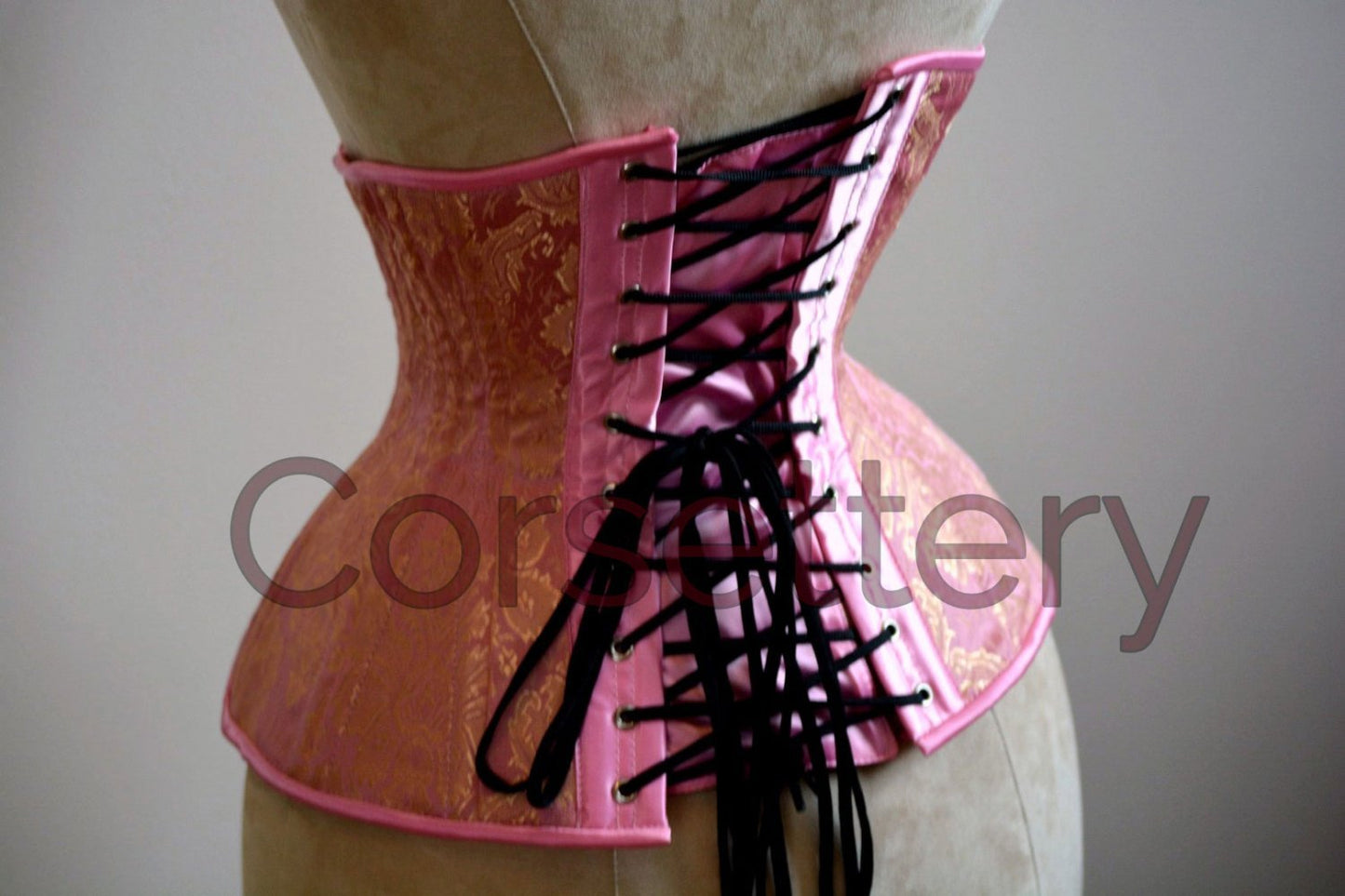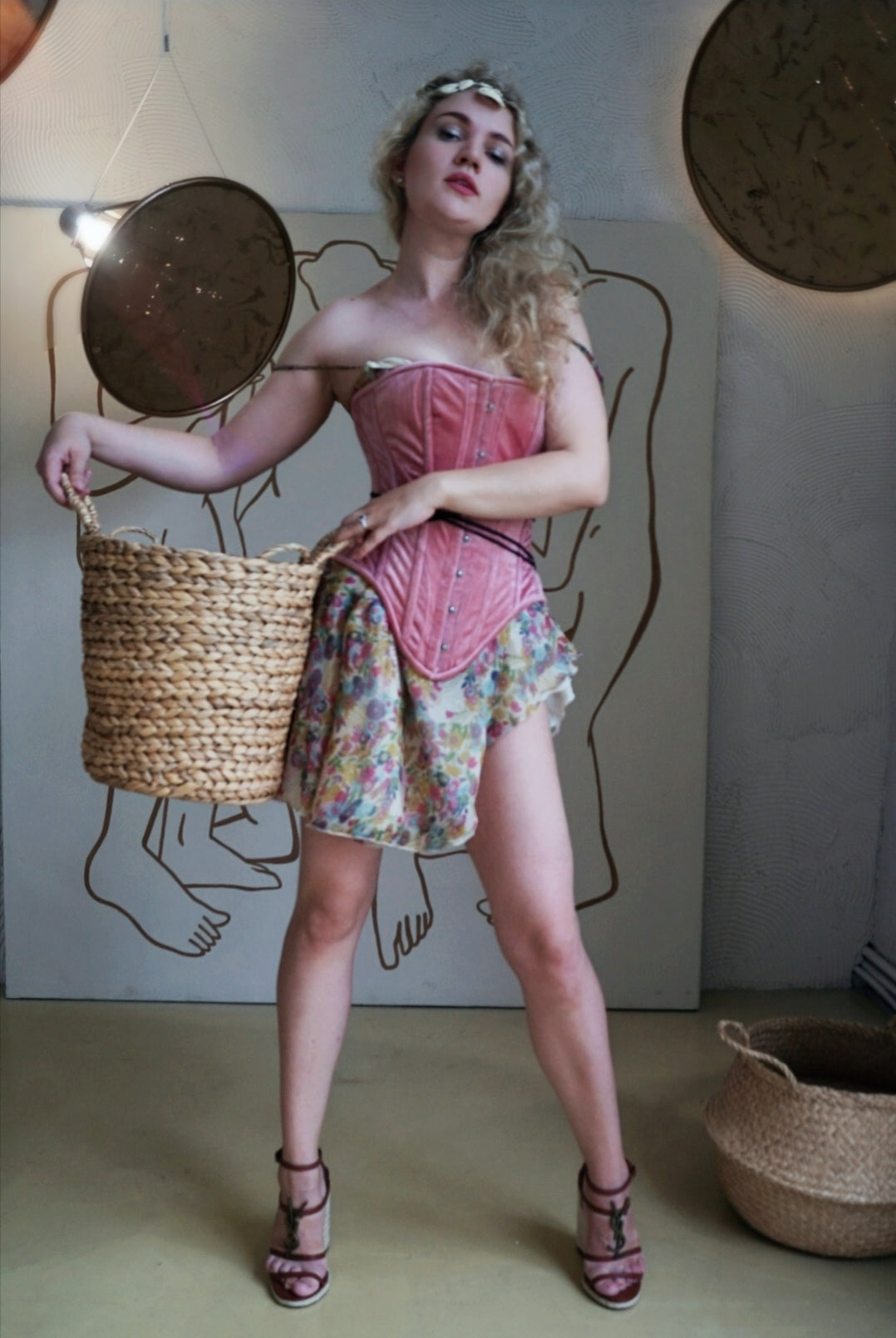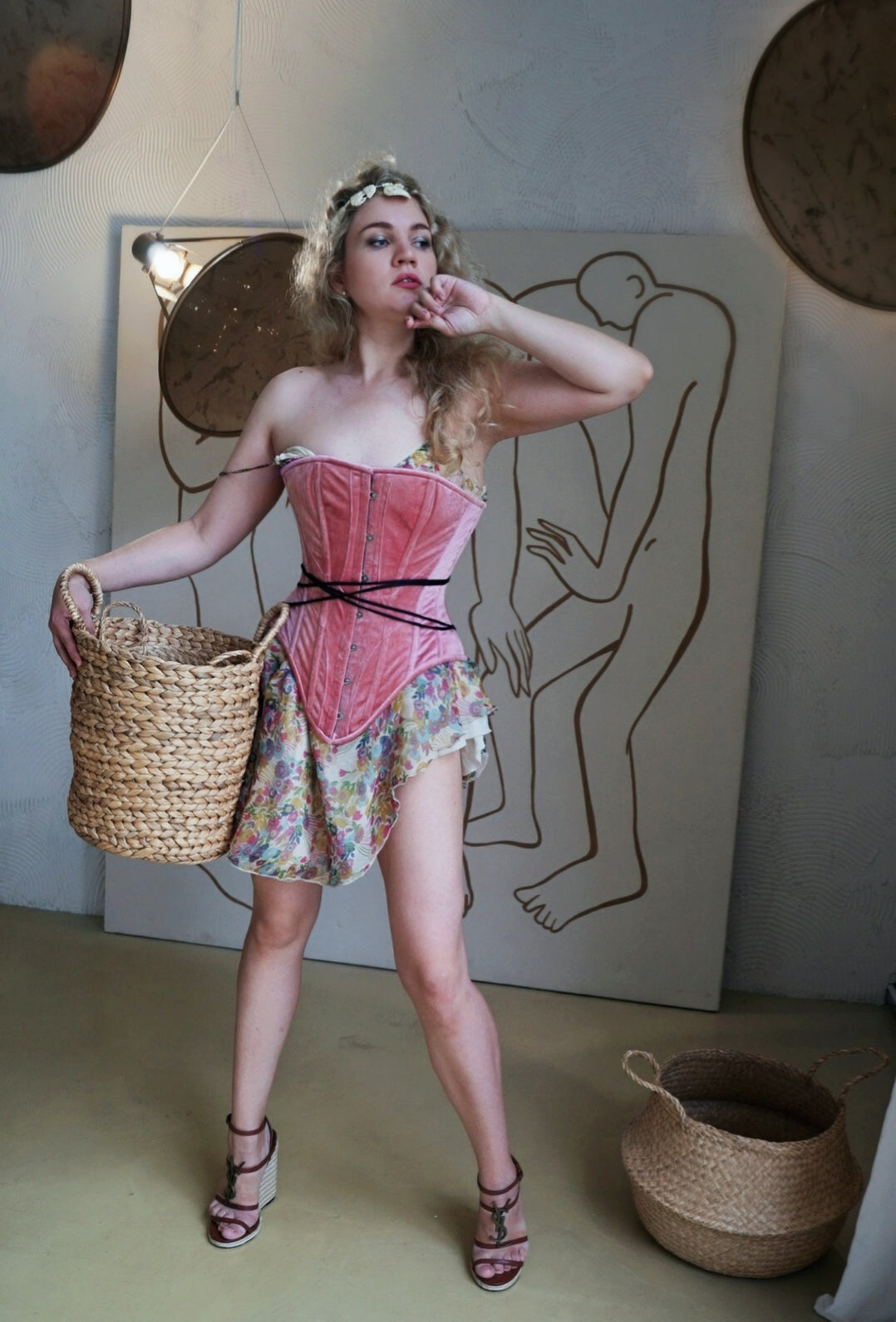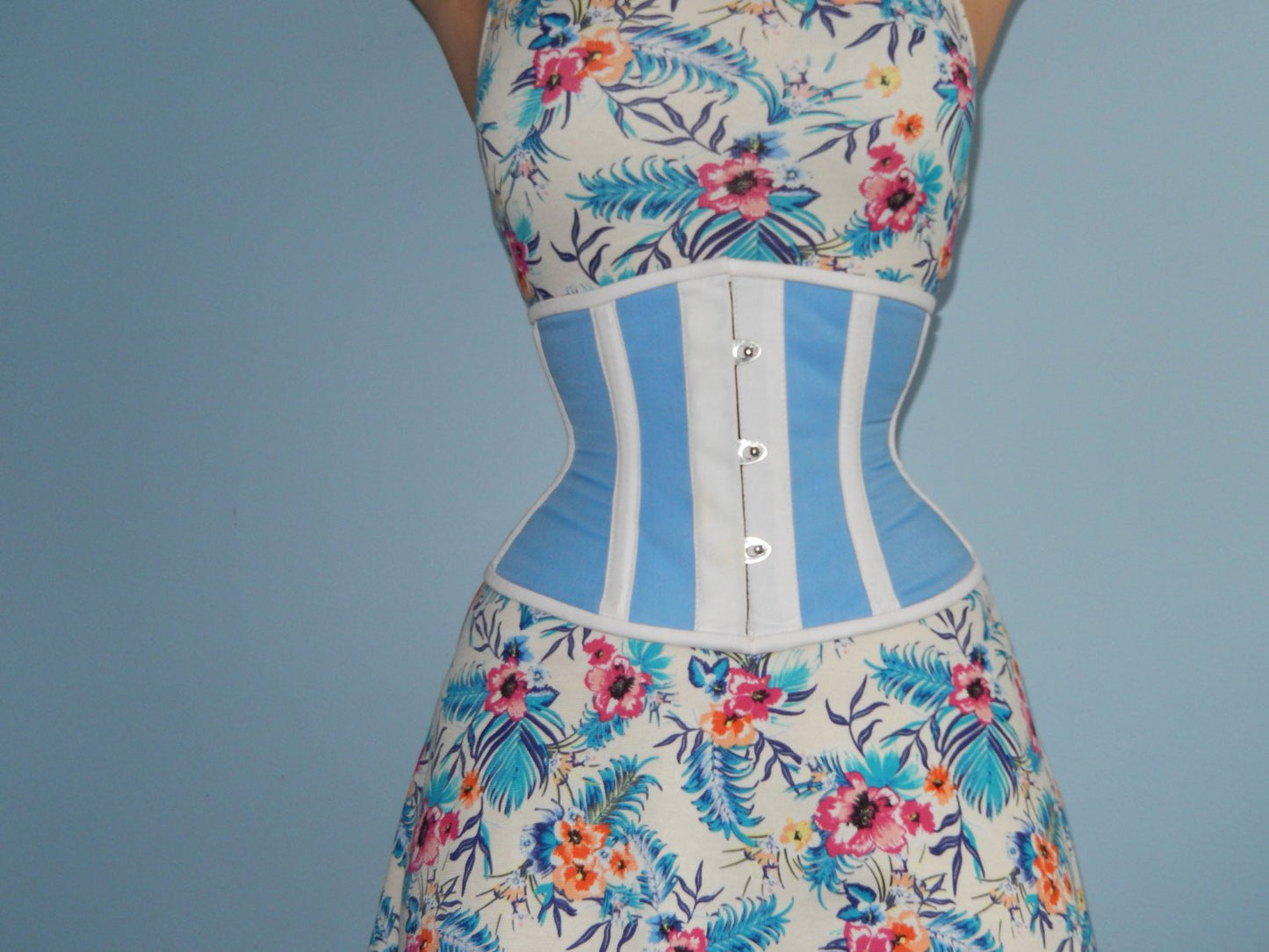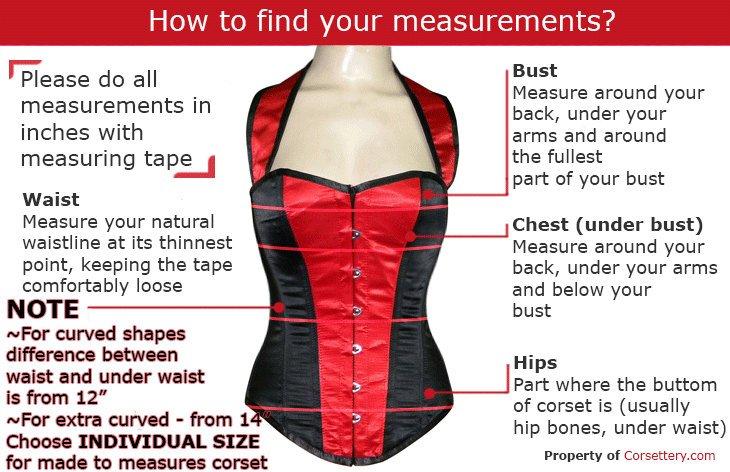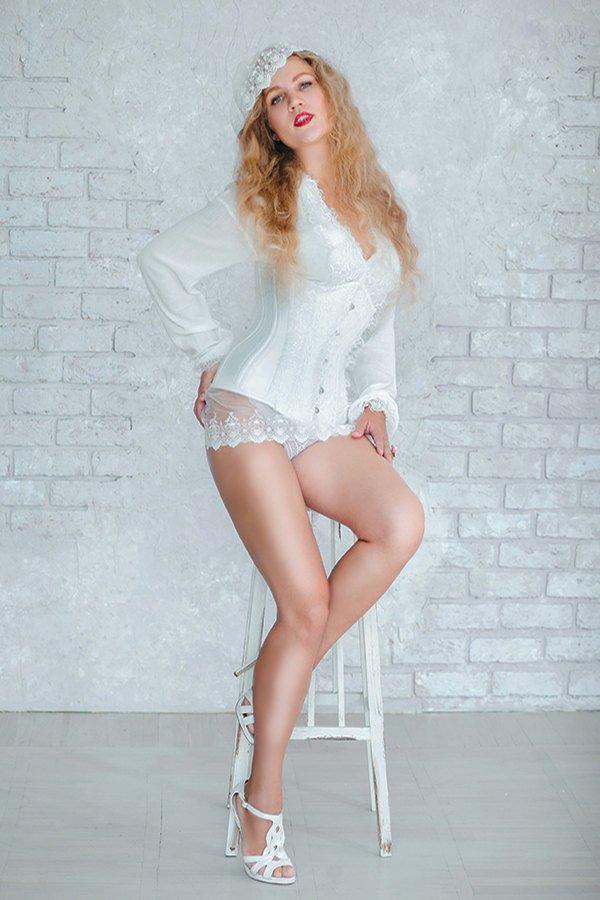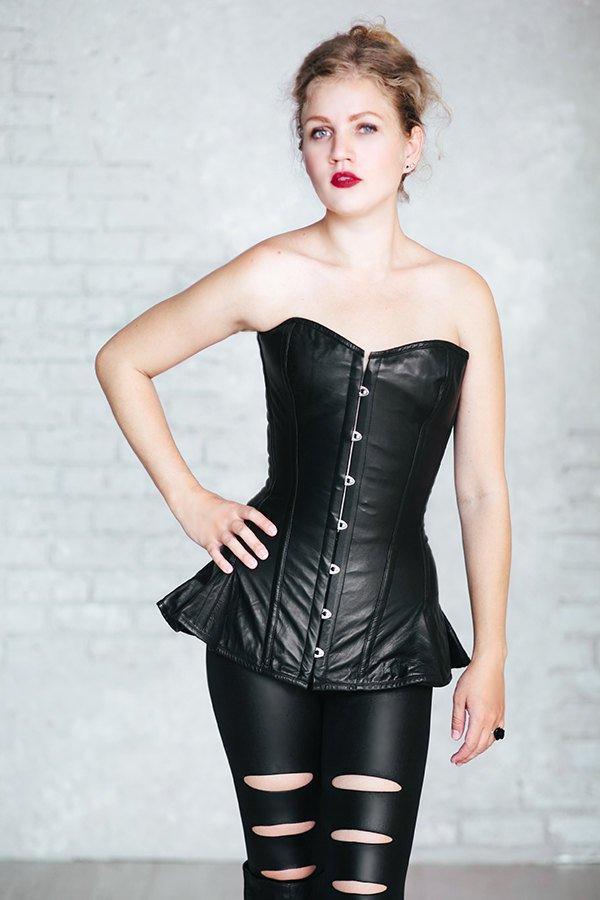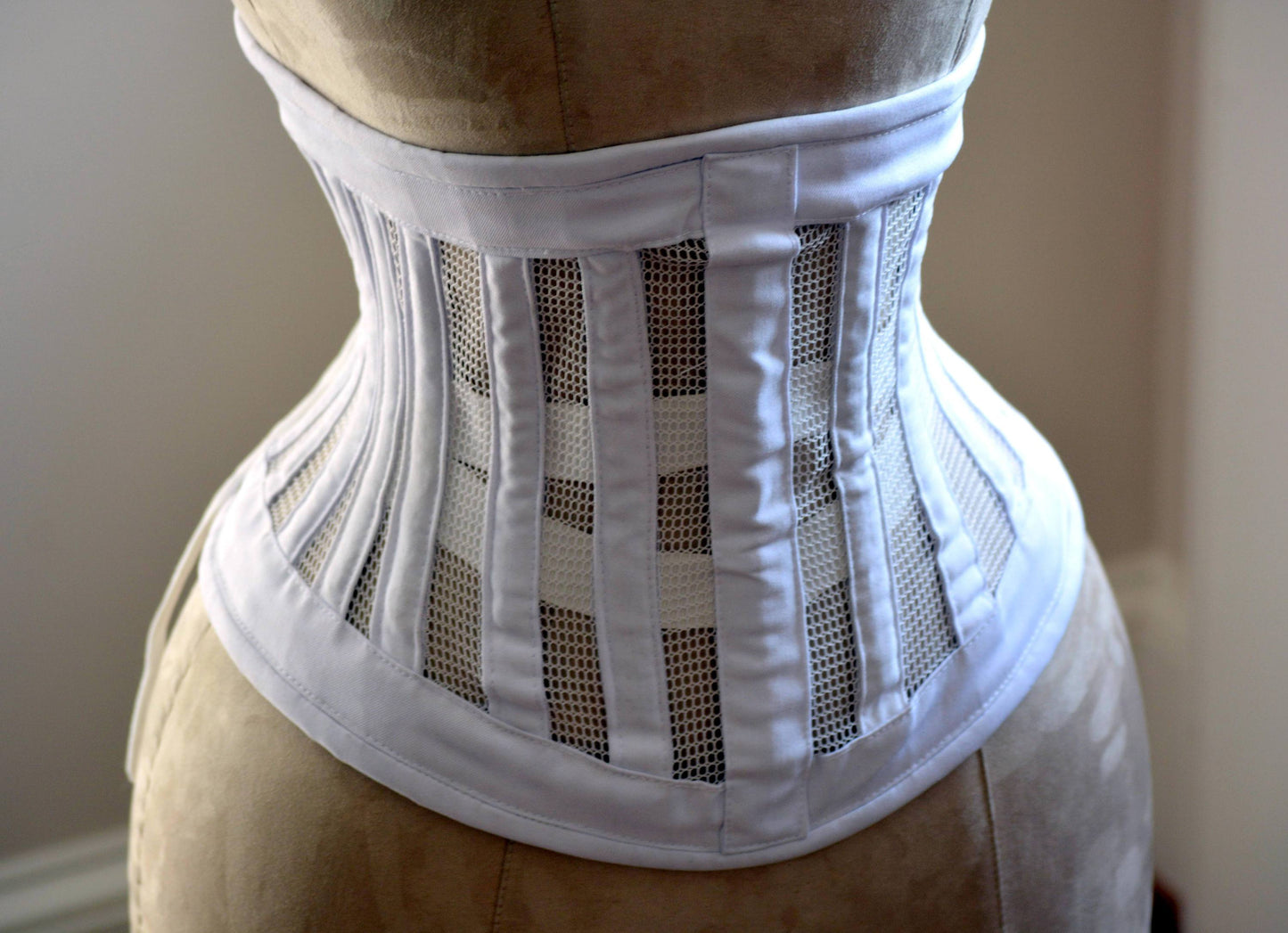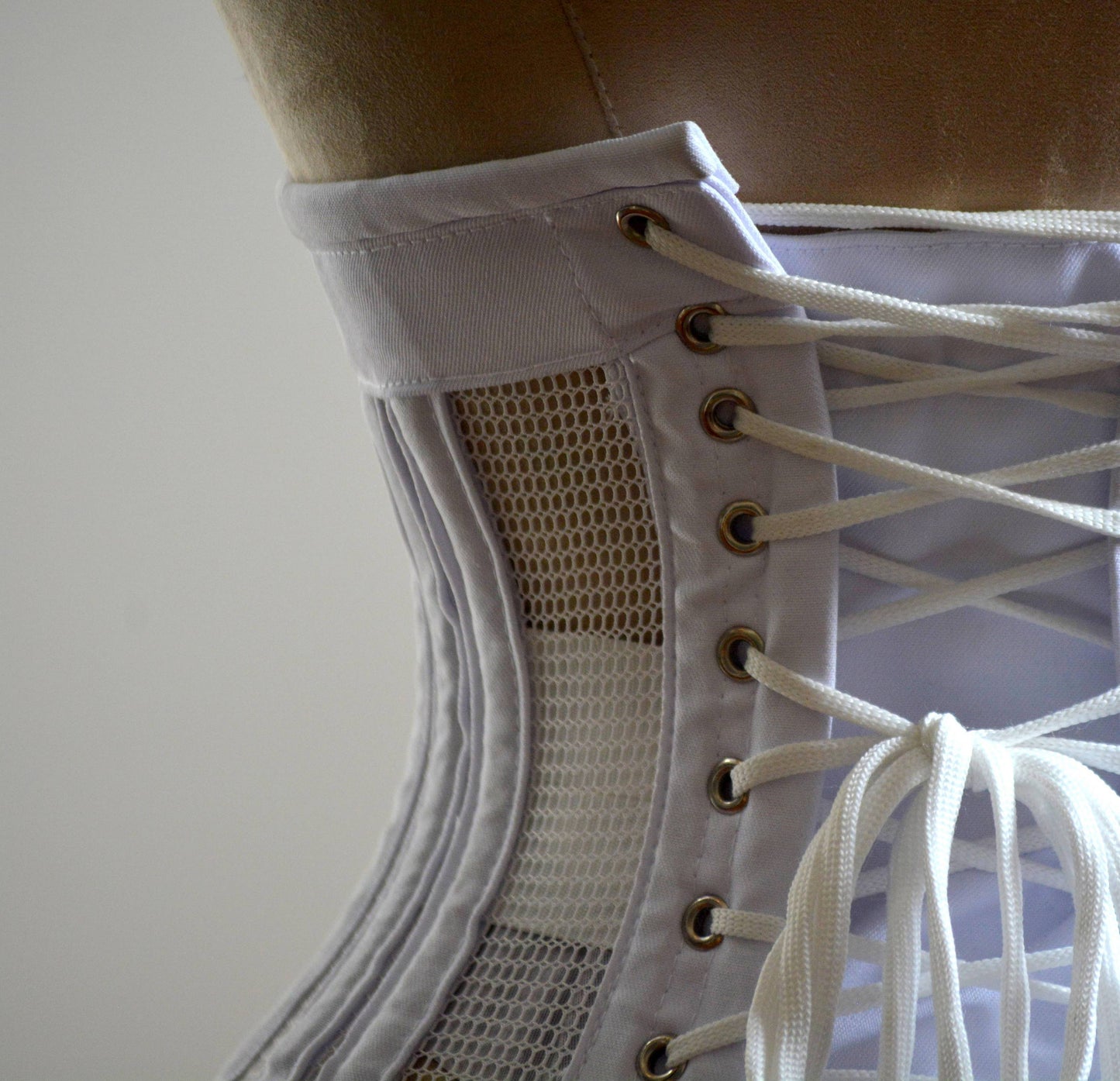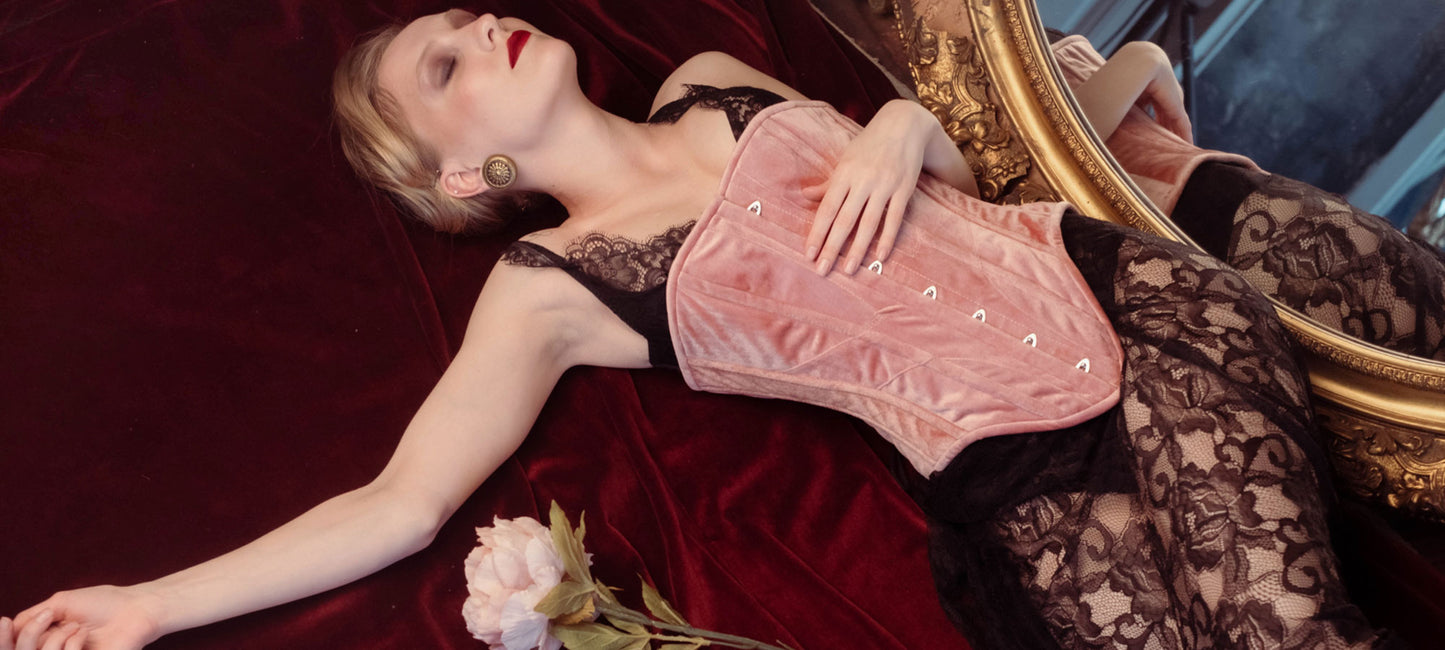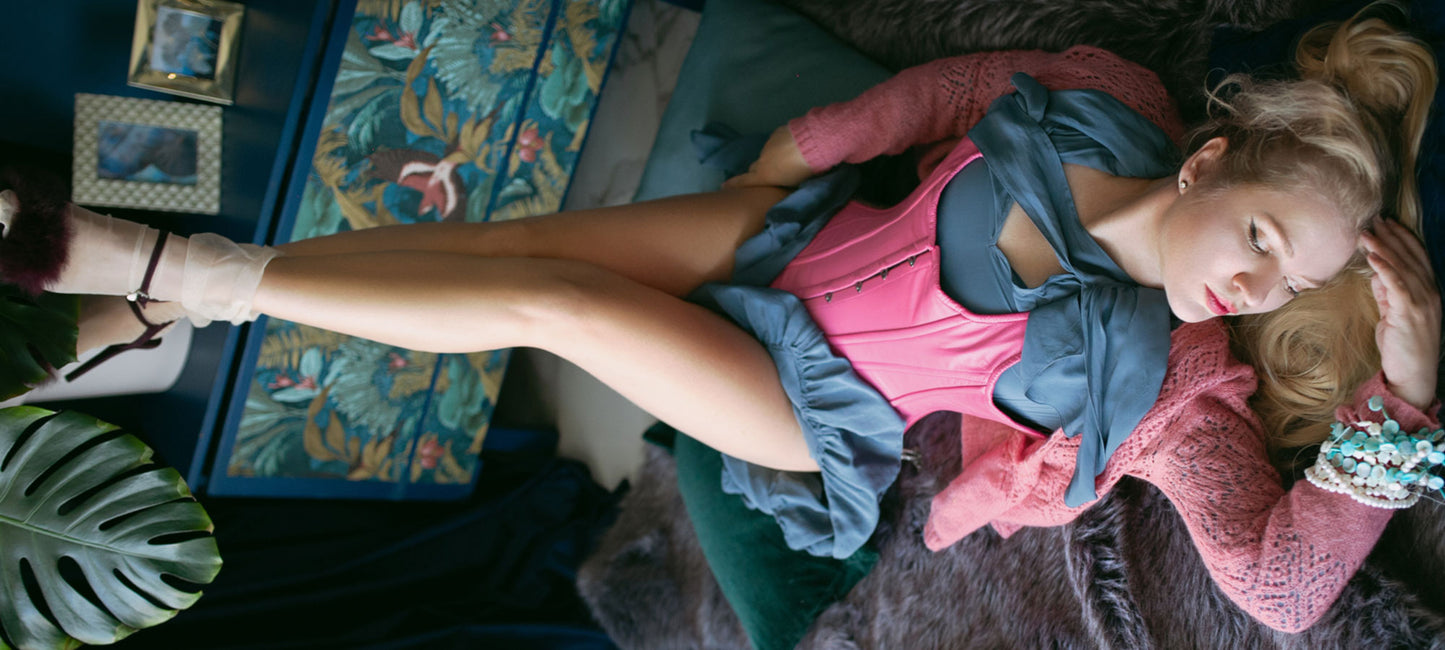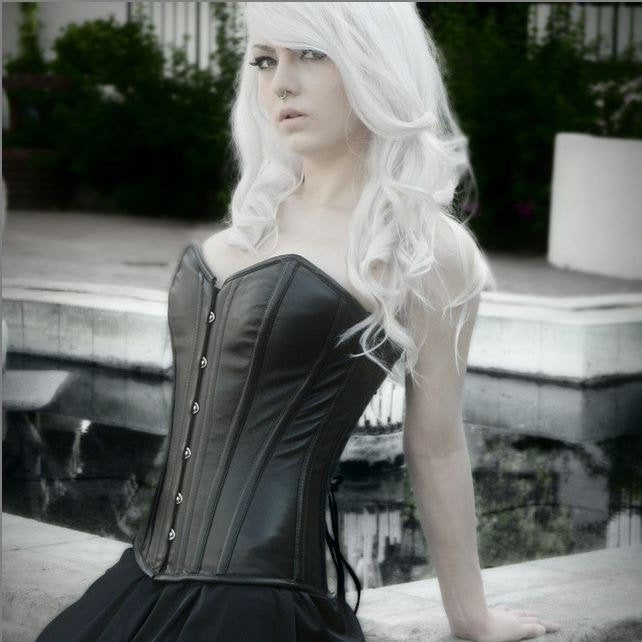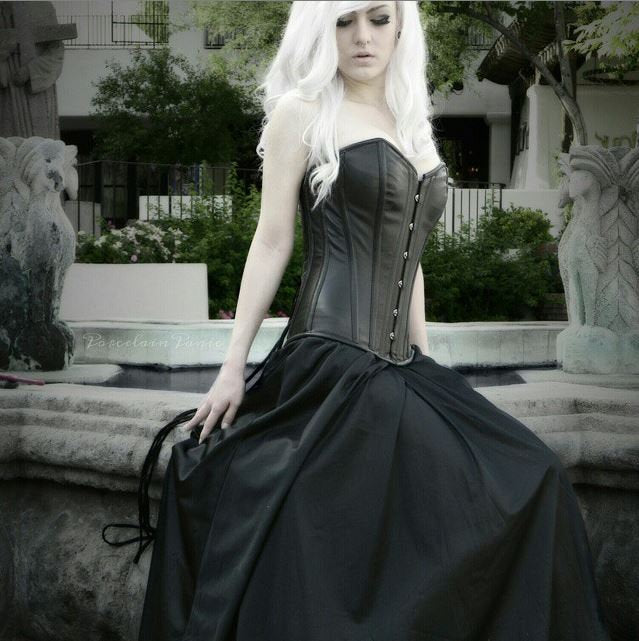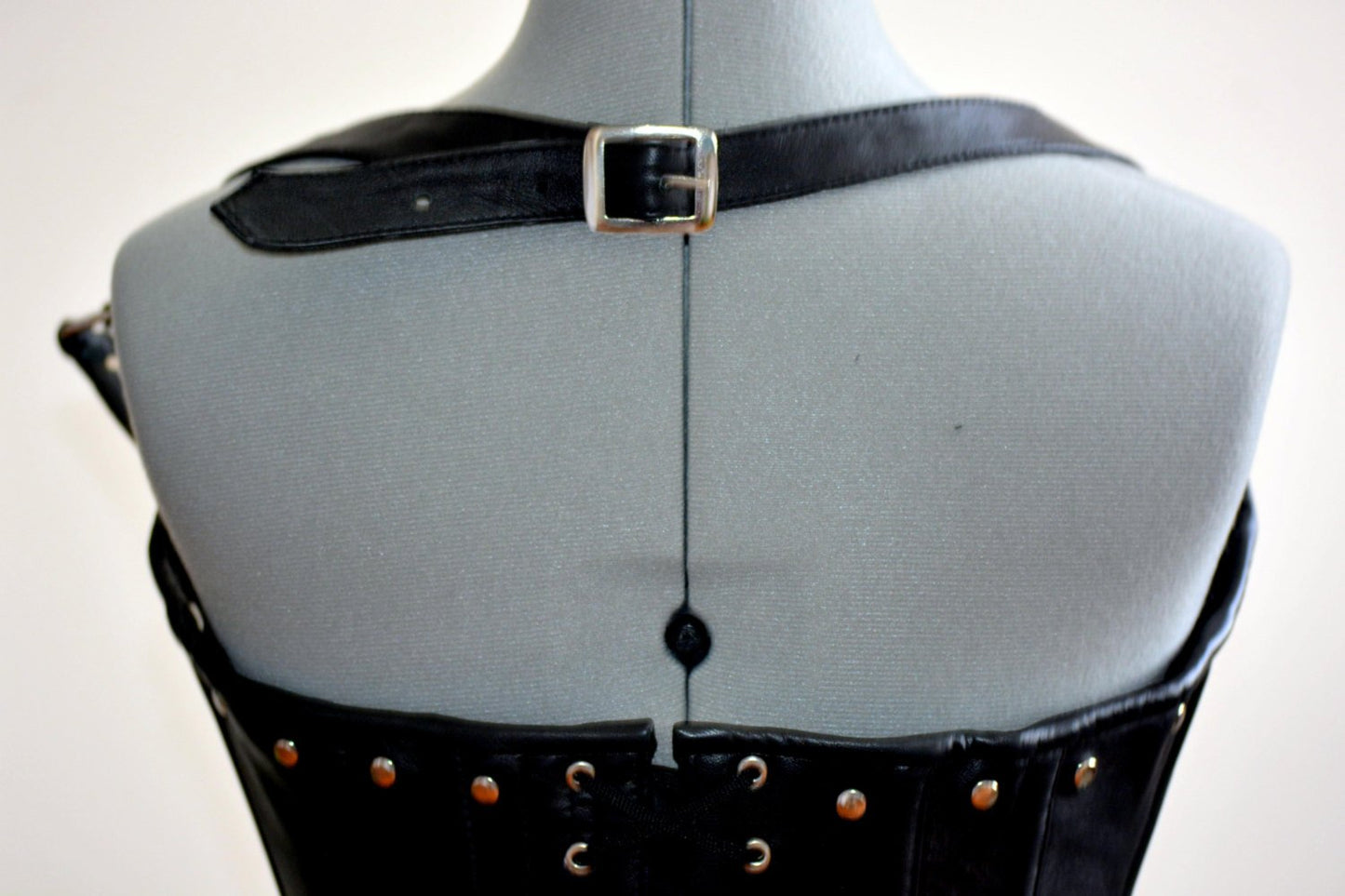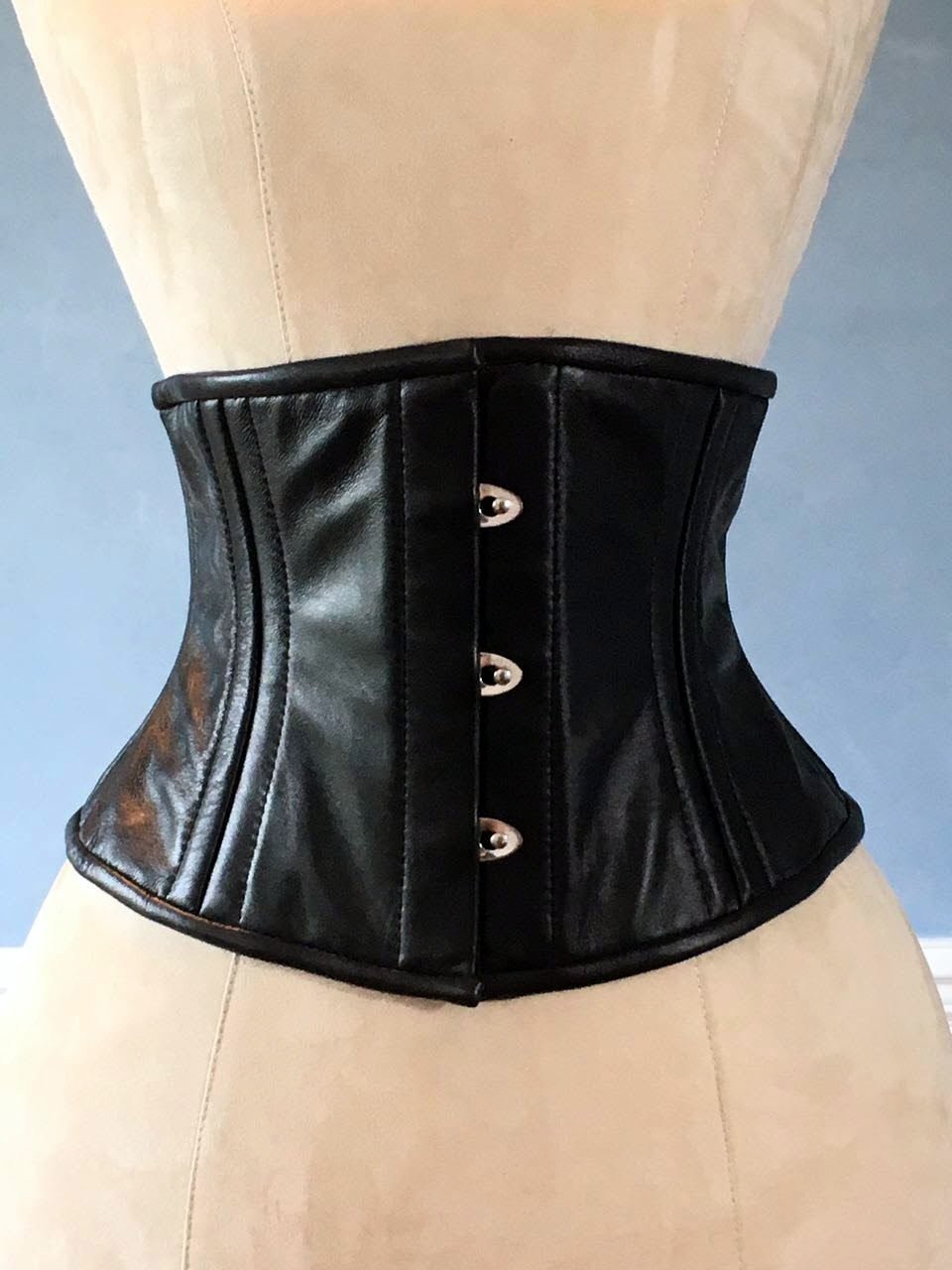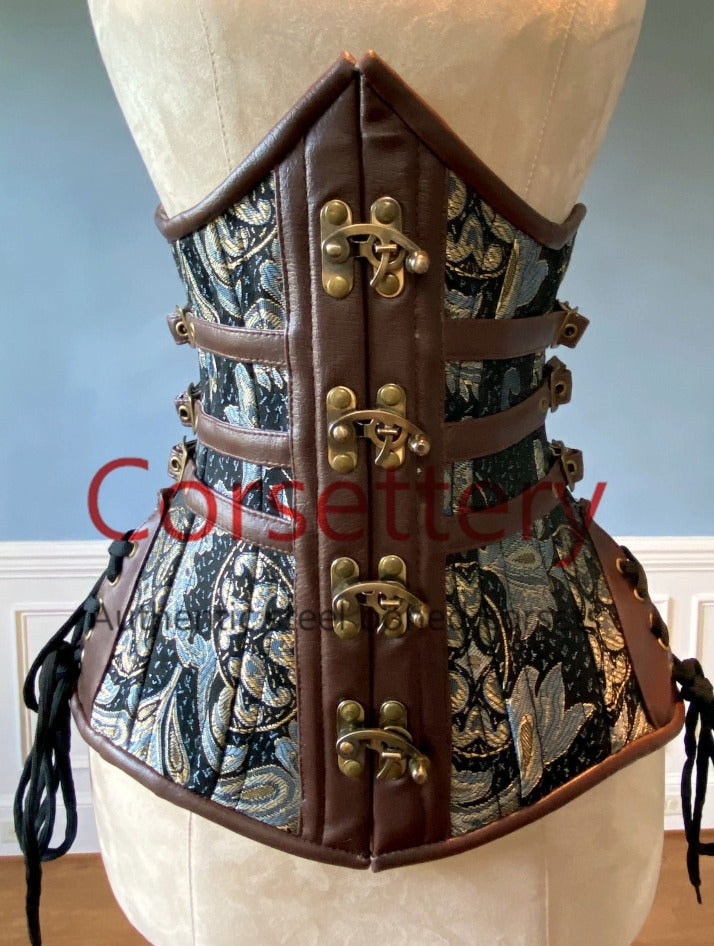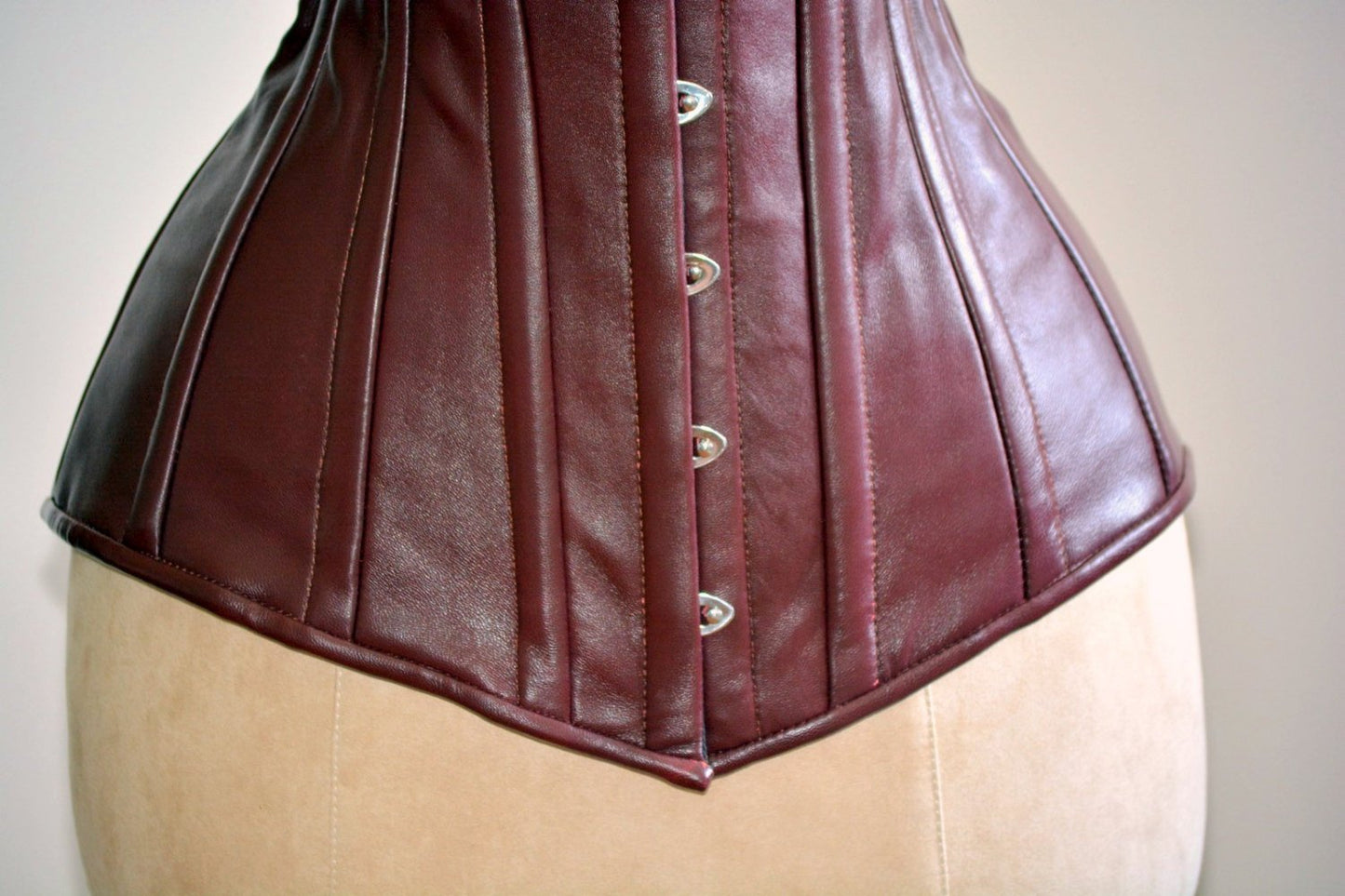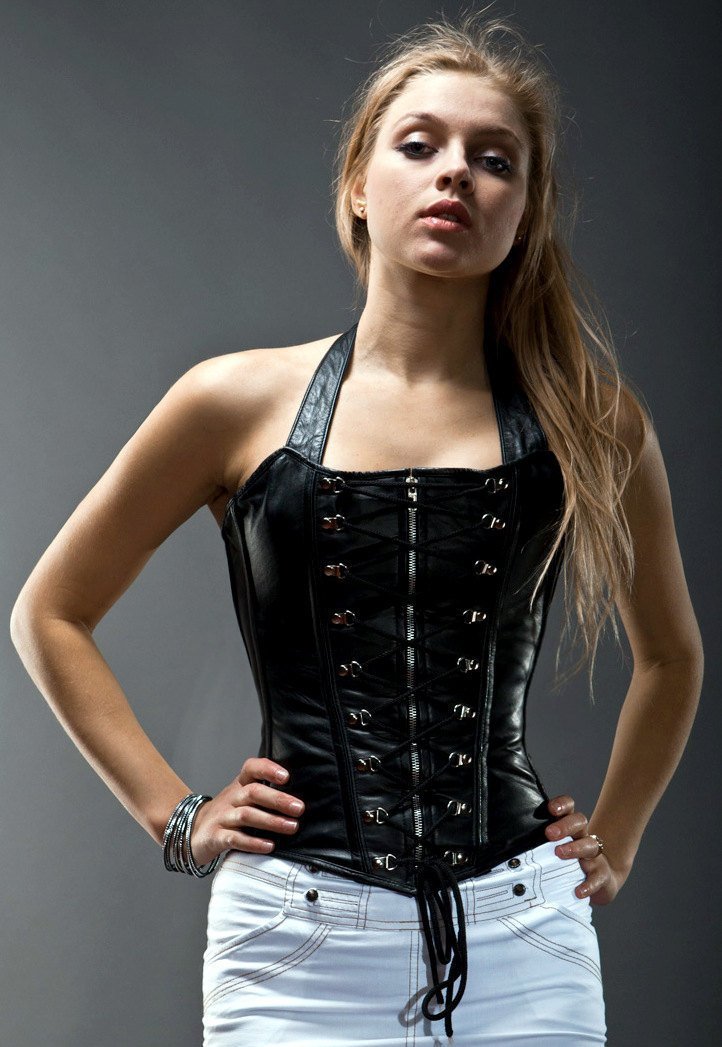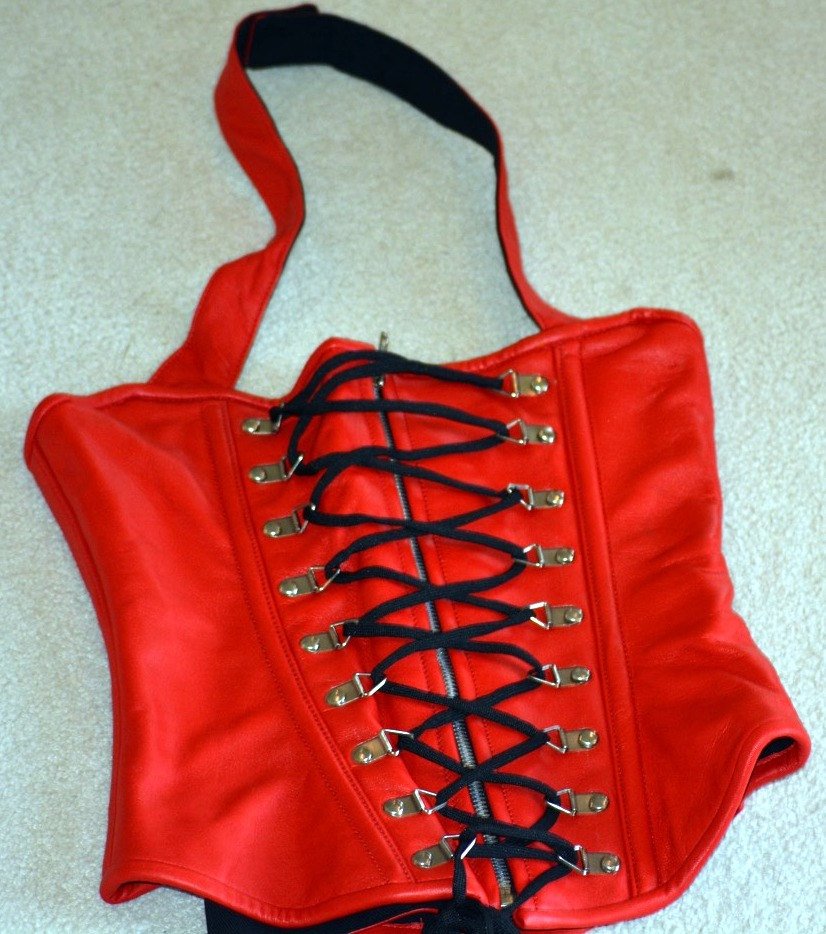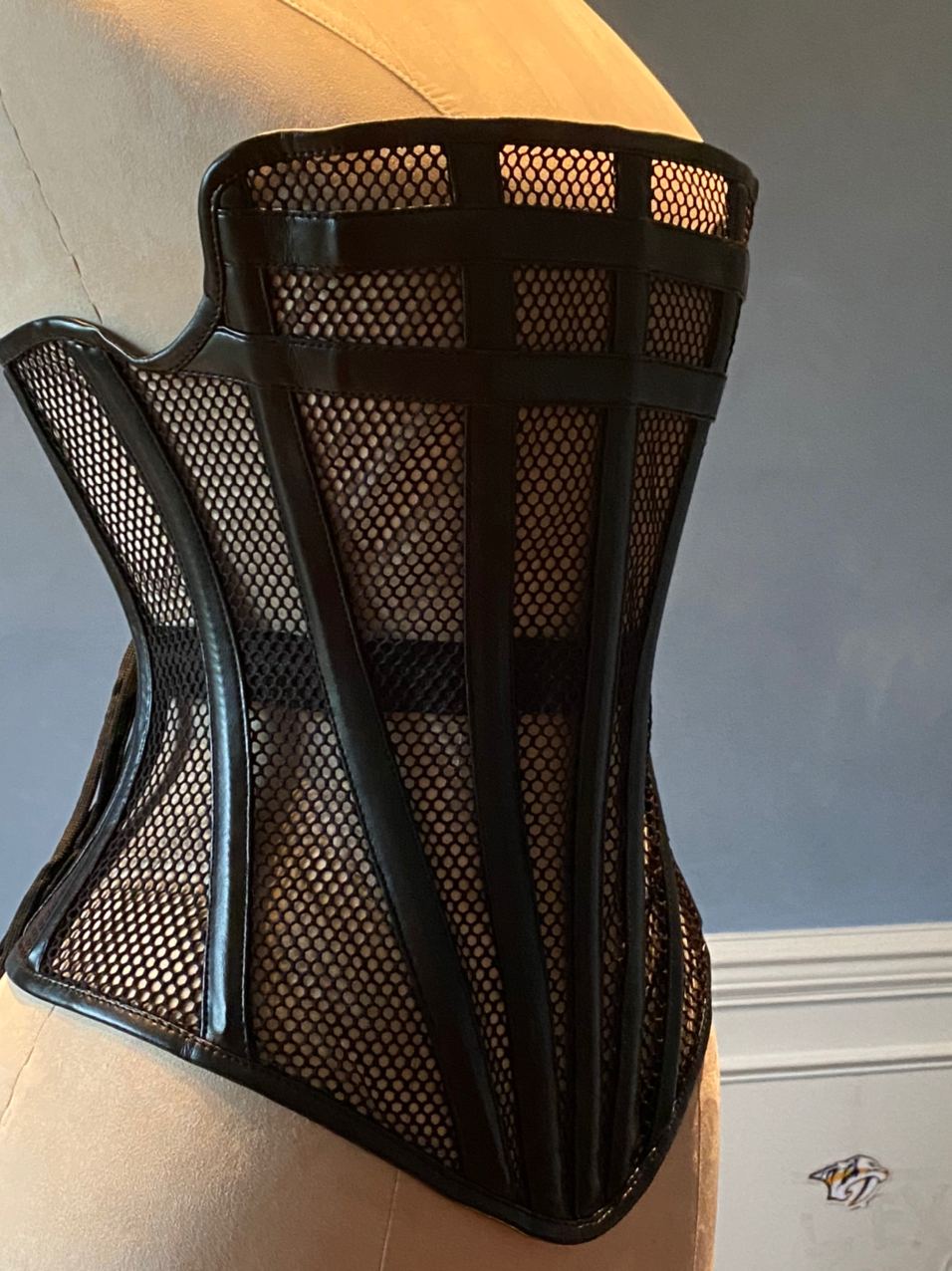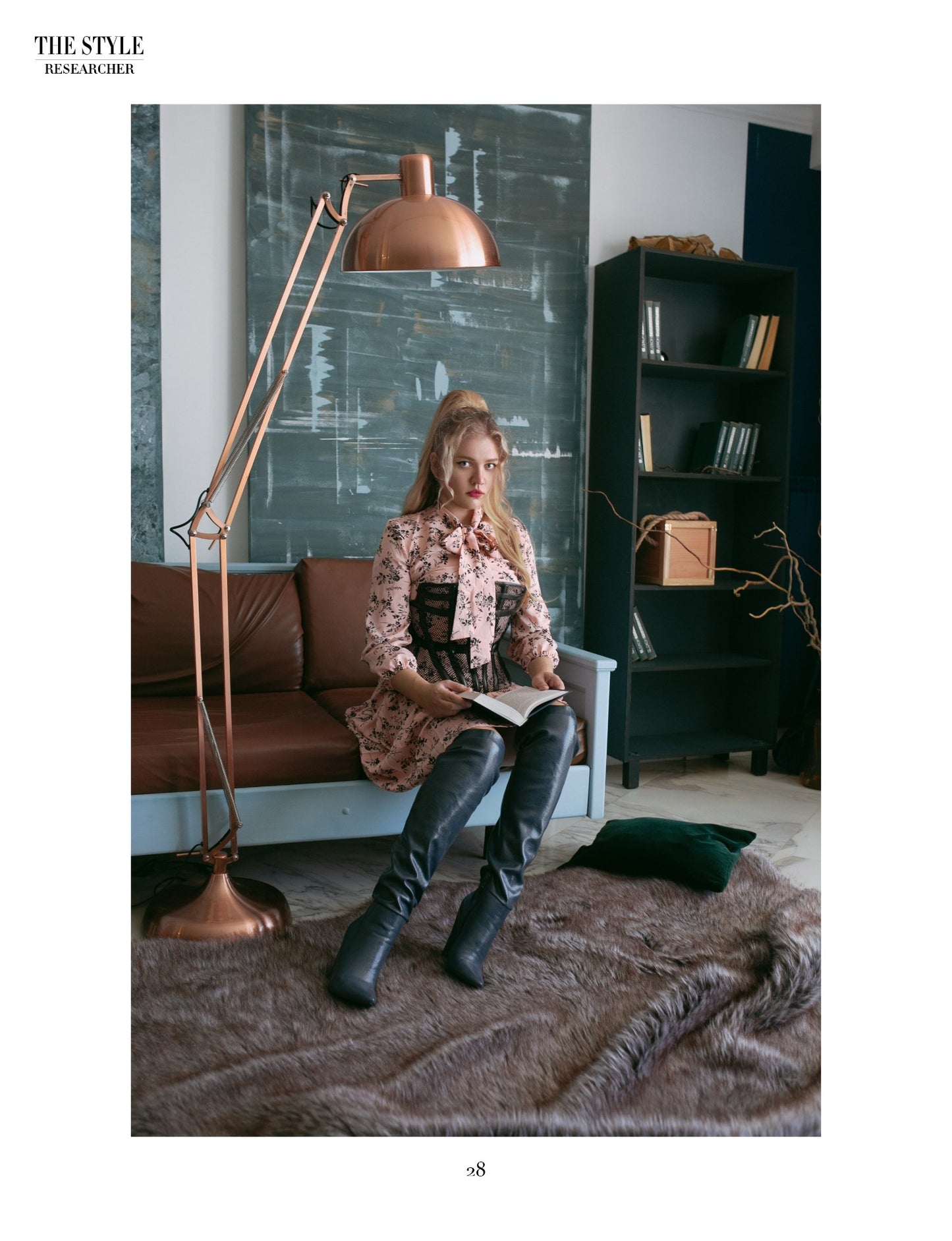
Corsets have a long and intriguing history, and they continue to captivate people's interest today. Whether it's for fashion, waist training, or simply exploring a unique garment, corsets have sparked numerous questions among enthusiasts and those new to the world of waist cinching. In this article, we will delve into the most frequently asked questions about corsets and provide comprehensive answers to help you navigate the world of corsetry with confidence.
-
What is a corset and how does it work? A corset is a close-fitting garment that shapes and supports the torso, typically extending from the hips to the bustline. It is constructed using rigid boning, usually made of steel or plastic, to provide structure and compression. Corsets work by cinching the waist and shaping the body to create an hourglass figure.
-
Are corsets still popular today? Yes, corsets remain popular in various circles. While their mainstream popularity may have fluctuated over the years, corsets are embraced by fashion enthusiasts, historical reenactors, cosplayers, and individuals who practice waist training.
-
How do I choose the right size corset? To choose the right corset size, it's essential to measure your natural waist accurately. Use a soft measuring tape and wrap it around your waist, just above the belly button. Refer to the size chart provided by the corset manufacturer to select a size that corresponds to your waist measurement. It's also important to consider your torso length and desired level of compression.
-
What are the different types of corsets available? There are various types of corsets available, including underbust corsets, which focus on the waist and leave the bust exposed, and overbust corsets, which cover the bust. Other styles include waist-training corsets, bridal corsets, and fashion corsets designed for aesthetic purposes.
-
Can wearing a corset help with posture? Wearing a well-fitted corset can provide support and improve posture, as it restricts movement in the torso and encourages an upright position. However, it is important to use corsets responsibly and maintain a balanced approach to posture improvement through exercise and proper body mechanics.
-
Where can I buy authentic, high-quality corsets? There are numerous reputable online retailers specializing in corsets. Research and look for established corset makers or retailers known for their craftsmanship, quality materials, and positive customer reviews. Additionally, attending corsetry events and expos can provide opportunities to find unique, handmade corsets. At Corsettery we are offering corsets of all possible shapes and materials with made to measure option.
-
Are corsets suitable for everyday wear? Corsets can be worn for everyday wear, but it's important to choose a style and construction that prioritize comfort and mobility. Consider corsets with flexible boning and waist-training corsets designed for extended wear. Gradually increase the duration of wear to allow your body to adjust.
-
How do I properly lace and tighten a corset? To lace and tighten a corset, start by loosening the laces completely. Wrap the corset around your torso and fasten the front busk or closure. Begin lacing from the top or bottom, crossing the laces back and forth, and pulling them snugly but not excessively tight. Tie a secure knot at the end or use a corset-specific closure method, such as a busk or hook-and-eye.
-
Are there any health risks associated with wearing corsets? When worn responsibly and with proper sizing, corsets pose minimal health risks. However, excessively tight lacing or prolonged wear can lead to discomfort, restricted breathing, and musculoskeletal issues. It's crucial to listen to your body, take breaks, and consult a healthcare professional if you have any concerns.
-
What is the difference between an overbust and an underbust corset? The main difference between overbust and underbust corsets lies in their coverage. Underbust corsets stop below the bustline, leaving the breasts exposed, while overbust corsets extend to cover and support the bust.
-
Can corsets be customized or tailored to fit my body shape? Yes, many corset makers offer customization or made-to-measure services. This allows you to provide your measurements and have a corset crafted specifically for your body shape, providing optimal fit and comfort.
-
What are the best materials for corsets? Corsets are typically made from materials such as satin, brocade, cotton, leather, or mesh. The choice of material depends on personal preference, desired aesthetics, and the purpose of wearing the corset. Sturdy fabrics with a bit of stretch are often used for the main body, while softer materials are used for lining.
-
How long does it take to break in a new corset? Breaking in a new corset can take several weeks or even months, depending on the tightness and your body's adaptation. Start with short periods of wear, gradually increasing the duration. This allows the corset to conform to your body shape and reduces discomfort.
-
Are there any specific brands known for their excellent corsets? Several corset brands are renowned for their quality and craftsmanship. Some notable names include What Katie Did, Orchard Corset, Timeless Trends, and Dark Garden.
-
Are corsets suitable for plus-size individuals? Yes, corsets are available in a range of sizes, including plus sizes. Look for retailers or corset makers that specialize in plus-size corsets, as they offer designs specifically tailored to accommodate curves and provide adequate support.
-
What are the different closure types for corsets? Common closure types for corsets include busks (a set of metal closures in the front), laces (which can be traditional crisscross lacing or ribbon lacing), and hook-and-eye closures. Each closure type has its own advantages and aesthetic appeal.
-
Are there any specific corsets recommended for waist training? Waist-training corsets are designed to be worn for extended periods and gradually reduce waist size. Look for corsets with strong boning, a sturdy construction, and waist tape for effective waist training. Consult with experienced waist trainers or corset professionals for guidance.
-
How do I care for and clean my corset? Corset care depends on the material and construction. In general, avoid machine washing and instead spot clean or hand wash your corset using mild soap. Allow it to air dry flat or hang it by the laces to maintain its shape. Proper storage, such as hanging or laying flat, helps preserve the corset's longevity.
-
What accessories can be worn with a corset? Corsets can be paired with various accessories, such as skirts, pants, boleros, shawls, gloves, and jewelry. Experiment with different combinations to create unique and personalized looks.
-
Can corsets be worn for special occasions or events? Absolutely! Corsets are popular choices for weddings, formal events, costume parties, and historical reenactments. With their ability to enhance the figure and create a dramatic silhouette, corsets can be a statement piece for any special occasion.
Corsets continue to fascinate and inspire individuals seeking to explore fashion, historical trends, or waist training. By addressing these popular questions, we hope to have provided you with valuable insights into the world of corsets. Remember, choosing the right corset, wearing it responsibly, and listening to your body are key to enjoying the beauty and benefits that corsets can offer.

